
According to the direction of the Ministry of Science and Technology (MOST), Vietnam will soon submit the Law on Artificial Intelligence to the National Assembly by the end of 2025. This will be the first legal framework in Southeast Asia to comprehensively regulate research, development, application and commercialization of AI. The draft law is based on four pillars: Human-centered, inclusive development, ensuring safety and transparency, and promoting responsible innovation .
The highlight is the risk-based AI management model, similar to the European approach. High-risk AI systems such as in healthcare, justice, finance, or defense will be specially monitored, while civil, educational, agricultural , or service applications will be strongly encouraged to develop, especially through the Open AI Ecosystem model.
Open AI is not just a technology choice, but a national autonomy strategy . It helps Vietnam take advantage of the strength of the global community, while mastering core technology to reduce dependence on closed platforms. With open AI, Vietnamese businesses can quickly customize models, train in Vietnamese, and deploy them in specific areas such as smart agriculture, digital education , public health or public administrative services.
According to Deputy Minister of Science and Technology Bui Hoang Phuong , the thinking about “open AI” is not only about open source code, but also about open knowledge, open data and open cooperation . He emphasized: “AI cannot be controlled by law alone, but needs to be guided by trust, responsibility and humanistic values.”
Along with the legal framework, Vietnam is investing heavily in national computing infrastructure (Vietnam AI Cloud Infrastructure) . Currently, large enterprises such as Viettel, VNPT, FPT and Bkav are expanding their data center systems, deploying new generation GPU clusters to serve training of foundation AI models. The goal is that by 2030, Vietnam will be able to independently process and train AI models with tens of billions of parameters , instead of depending on foreign computing capacity.
According to experts, this is a vital factor. A large language model (LLM) can cost hundreds of millions of dollars if infrastructure is rented from abroad. Therefore, “Make in Vietnam” in AI, from data, hardware to algorithms, will help Vietnam not only master the technology but also shape its position in the global digital value chain.
In the data field, the National Innovation Center (NIC) and technology enterprises are implementing the ViGen 2.0 project, a program to develop an open, high-quality Vietnamese dataset for AI training. This dataset is designed according to the FAIR (Findable – Accessible – Interoperable – Reusable) standard, aiming to be shared with the academic community and AI startups.
According to NIC Deputy Director Vo Xuan Hoai , developing open data not only helps Vietnam increase its endogenous capacity but also reduces the cost of AI software copyright , while creating conditions for small businesses, startups, and universities to access advanced technology. “When everyone can train their own models in Vietnamese, AI will truly become a tool to popularize and democratize knowledge,” he said.
Along with data, infrastructure and legal issues, the human factor is at the heart of the national AI strategy. Vietnam currently has many universities offering majors or training topics in AI, data science and machine learning. The Ministry of Science and Technology and the Ministry of Education and Training are implementing the 1,000 Young AI Researchers Program , aiming to train high-quality human resources capable of developing models, algorithms and practical applications.
A notable trend is AI integrated into robots and smart manufacturing . Enterprises such as VinRobotics, Phenikaa-X, Viettel AI Robotics are entering the commercialization phase of humanoid products - humanoid robots and collaborative robots (cobots). This is not only a symbol of technology, but also a strong shift from "AI in computers" to "AI in action". According to forecasts, by 2030, the robotics and applied AI industry can contribute up to 15% of Vietnam's industrial GDP .
Internationally, Vietnam is becoming a strategic partner in responsible AI development , with many cooperation initiatives with Australia, Japan, South Korea and the European Union. The Aus4Innovation program between Vietnam and Australia has produced substantial results in applying AI to cancer diagnosis, environmental monitoring and smart education. In the period 2026–2030, Vietnam will join the ASEAN AI Connect network, sharing regional AI research and data infrastructure.
In the long term, Vietnam is shifting from the philosophy of “AI for Vietnam” to “AI from Vietnam”. That means not only applying technology from outside, but also creating exportable knowledge, models and solutions. When the AI law is enacted, along with an open ecosystem, Vietnam can become the new AI hub of Southeast Asia , where technology is linked to ethics, data is linked to human values, and innovation is linked to social responsibility.
AI is opening a new era, where creativity is no longer the privilege of technological superpowers, but an equal opportunity for countries that dare to open up, dare to try and dare to master. With the right strategy, Vietnam has the conditions to enter the group of leading countries in the region in the field of open AI, shaping the digital future with Vietnamese intelligence.
Source: https://mst.gov.vn/ai-mo-nen-tang-tu-chu-cong-nghe-va-tang-truong-moi-cua-viet-nam-197251104042724835.htm


![[Photo] Ca Mau "struggling" to cope with the highest tide of the year, forecast to exceed alert level 3](https://vphoto.vietnam.vn/thumb/1200x675/vietnam/resource/IMAGE/2025/11/04/1762235371445_ndo_br_trieu-cuong-2-6486-jpg.webp)
![[Photo] The road connecting Dong Nai with Ho Chi Minh City is still unfinished after 5 years of construction.](https://vphoto.vietnam.vn/thumb/1200x675/vietnam/resource/IMAGE/2025/11/04/1762241675985_ndo_br_dji-20251104104418-0635-d-resize-1295-jpg.webp)

![[Photo] Ho Chi Minh City Youth Take Action for a Cleaner Environment](https://vphoto.vietnam.vn/thumb/1200x675/vietnam/resource/IMAGE/2025/11/04/1762233574890_550816358-1108586934787014-6430522970717297480-n-1-jpg.webp)
![[Photo] Panorama of the Patriotic Emulation Congress of Nhan Dan Newspaper for the period 2025-2030](https://vphoto.vietnam.vn/thumb/1200x675/vietnam/resource/IMAGE/2025/11/04/1762252775462_ndo_br_dhthiduayeuncbaond-6125-jpg.webp)






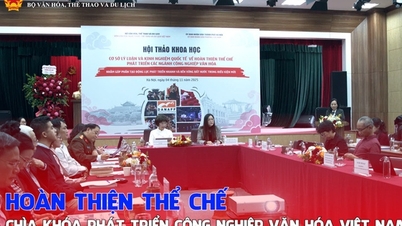







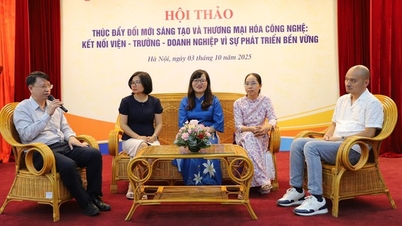


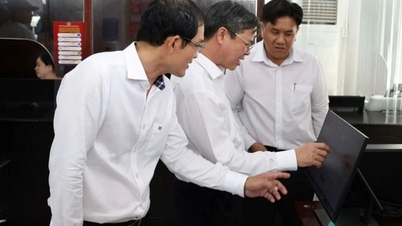


















































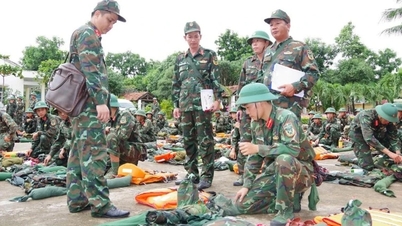




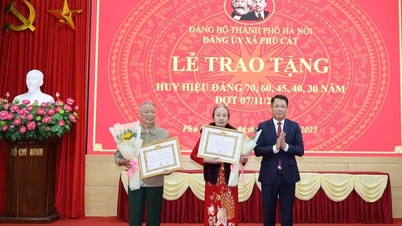
















Comment (0)